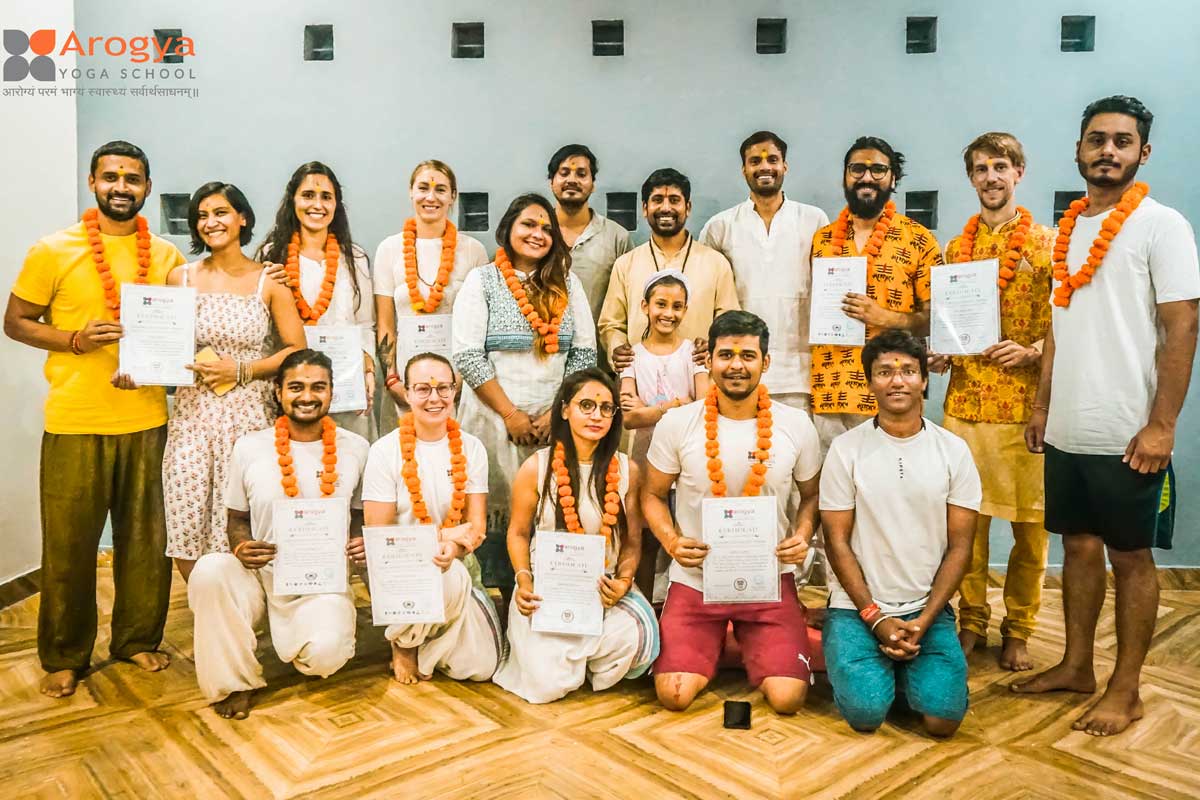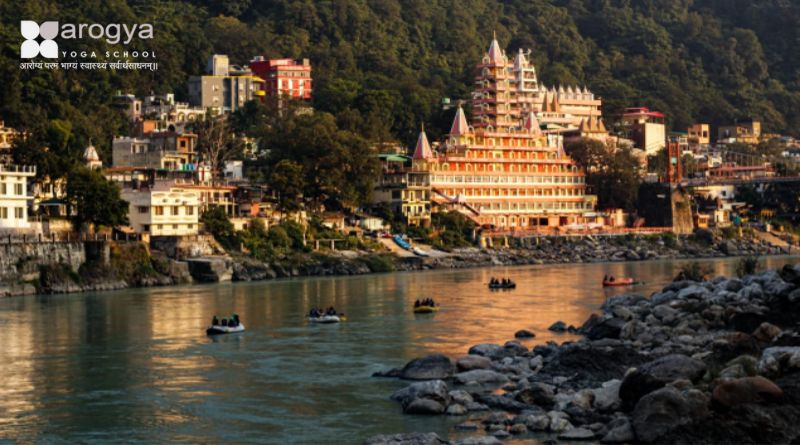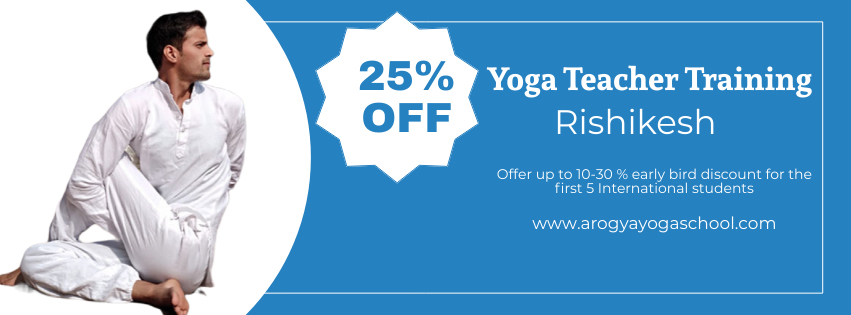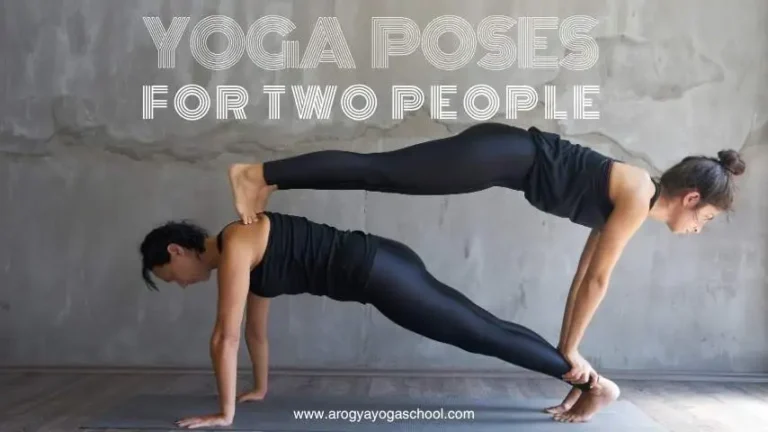
When people say Rishikesh is the yoga capital of the world, they aren’t being poetic. They’re being factual. Nestled in the Himalayan foothills, hugging the Ganges, this spiritual magnet pulls in thousands of seekers annually—some curious, some broken, others already whole. Yet all looking for one thing: transformation. Not everyone leaves with enlightenment, but many walk away with something almost as rare—clarity. And quite often, a yoga certification tucked inside a canvas bag that smells faintly of incense and turmeric.
But why Rishikesh?
Because it’s not a backdrop; it’s part of the teaching. The town itself feels like an ashram—an open-air classroom where every breath matters.
The Anatomy of a Yoga Teacher Training (YTT)
Not all yoga teacher training programs are created equal. The typical 200-hour course (recognized by Yoga Alliance) usually spans 3 to 5 weeks, depending on the intensity. You’ll find them everywhere—from upscale resorts with infinity pools to modest ashram programs where waking at 4:30 a.m. isn’t optional.
What do they teach?
- Asanas (physical postures): More than just Downward Dog. It’s anatomy, alignment, injury prevention.
- Pranayama (breath control): Learning how to breathe is a full-time job.
- Philosophy: Dive into the Yoga Sutras, the Bhagavad Gita, sometimes even ancient Sanskrit chants.
- Meditation: Not always easy. Often uncomfortable. Essential.
- Teaching Methodology: It’s not just about flowing; it’s about guiding others.
The structure may seem rigid, but the experience? Anything but. There’s crying. Laughter. Egos melting. Moments when someone just walks out and returns three days later with flowers and no explanation.
Rishikesh Yoga Schools: So Many, Too Many?
From well-known institutions like Parmarth Niketan to smaller, lesser-known Rishikesh yoga school programs are tucked into side alleys behind chai stalls, the options are endless. The town hosts over 300 registered yoga schools, each promising authenticity, lineage, and transformation. Are all of them worth your time and money? Not really.
So how do you choose?
- Accreditation: Is the program certified by Yoga Alliance or another recognized body?
- Teachers: Who are they? What’s their lineage? Are they just good at Instagram poses, or do they understand the roots?
- Curriculum: Is it just asana-focused, or does it dive into deeper waters?
- Payment: It’s best to pay in person and after signing the contract. Keep in mind that websites or online platforms may be infected with viruses or transfer money to scammers. Also, take care of the device security, remove virus warning, check the “red flags” that indicate the device is infected. It will never be superfluous.
- Reviews: Don’t trust just Google. Talk to past students if possible.
And sometimes, you choose with your gut. One school may have fancier rooms, another better food, but your gut whispers: this one—and you listen.

Life in the Ashram: More Than Rice and Silence
Signing up for ashram programs in Rishikesh is like enrolling in a life detox. Everything is structured: wake up at sunrise, chant, eat, study, practice, rest, repeat. It sounds repetitive, but it’s oddly liberating.
Gone are distractions: no alcohol, no meat, no late-night parties. Instead, you find rhythm. A pulse in your own presence.
And then there’s the food—simple, satvik, often bland, always nurturing. Lentils, rice, steamed vegetables, herbal teas. You don’t miss junk. You miss your old cravings. And then, you don’t.
The communal living also fosters unexpected bonds. Roommates become sisters. Teachers become mentors. The kitchen lady becomes a spiritual guide.
India Yoga Retreats: The Soft Landing
Not ready to commit to a full-blown yoga teacher training? No problem. Indian yoga retreats in Rishikesh offer bite-sized immersion—3-day, 5-day, or 10-day programs that let you dip a toe before the plunge. Of course, there are online courses that are pretty safe with VeePN VPN. VPN also opens up access to foreign training materials and courses.
You’ll meditate at dawn, flow through vinyasa by noon, listen to lectures on karma by evening, and maybe cry under the stars without knowing why.
Retreats are softer, yes. But they’re not superficial. Many are run by the same schools that offer certification, and the teachers don’t hold back.
According to a 2023 survey conducted by India’s Ministry of Tourism, approximately 60,000 international tourists visited Rishikesh specifically for wellness and yoga programs. That number is expected to grow 15% annually through 2027. This isn’t a fad. It’s a migration of intention.
The Certification Question: What Does It Really Mean?
Getting your yoga certification doesn’t make you a guru. It doesn’t guarantee a teaching job. But it opens doors. More importantly, it demands you show up—for yourself and eventually, for others.
Most 200-hour courses offer a globally recognized certificate. Some go further—300-hour, 500-hour programs for advanced study. A few even include Ayurveda, acro-yoga, or trauma-informed modules.
But the real value? You learn to hold space. You become still enough to let others breathe in your silence. That’s not on the certificate. That’s in you.
Final Pose: Should You Go?
Only if you’re ready. Ready to be uncomfortable. To be seen. To unravel and re-knit yourself without a map. The Rishikesh yoga school experience is not about stretching your hamstrings—it’s about stretching your narrative. And it’s not always elegant.
But if you’re even considering a yoga teacher training in India, especially in Rishikesh, chances are—you’re already halfway there.
And yes, the certificate is nice. But what really stays with you is that one morning when you’re sitting by the Ganges, the air thick with sandalwood, and you realize:
You came to learn yoga.
But yoga came to teach you.






